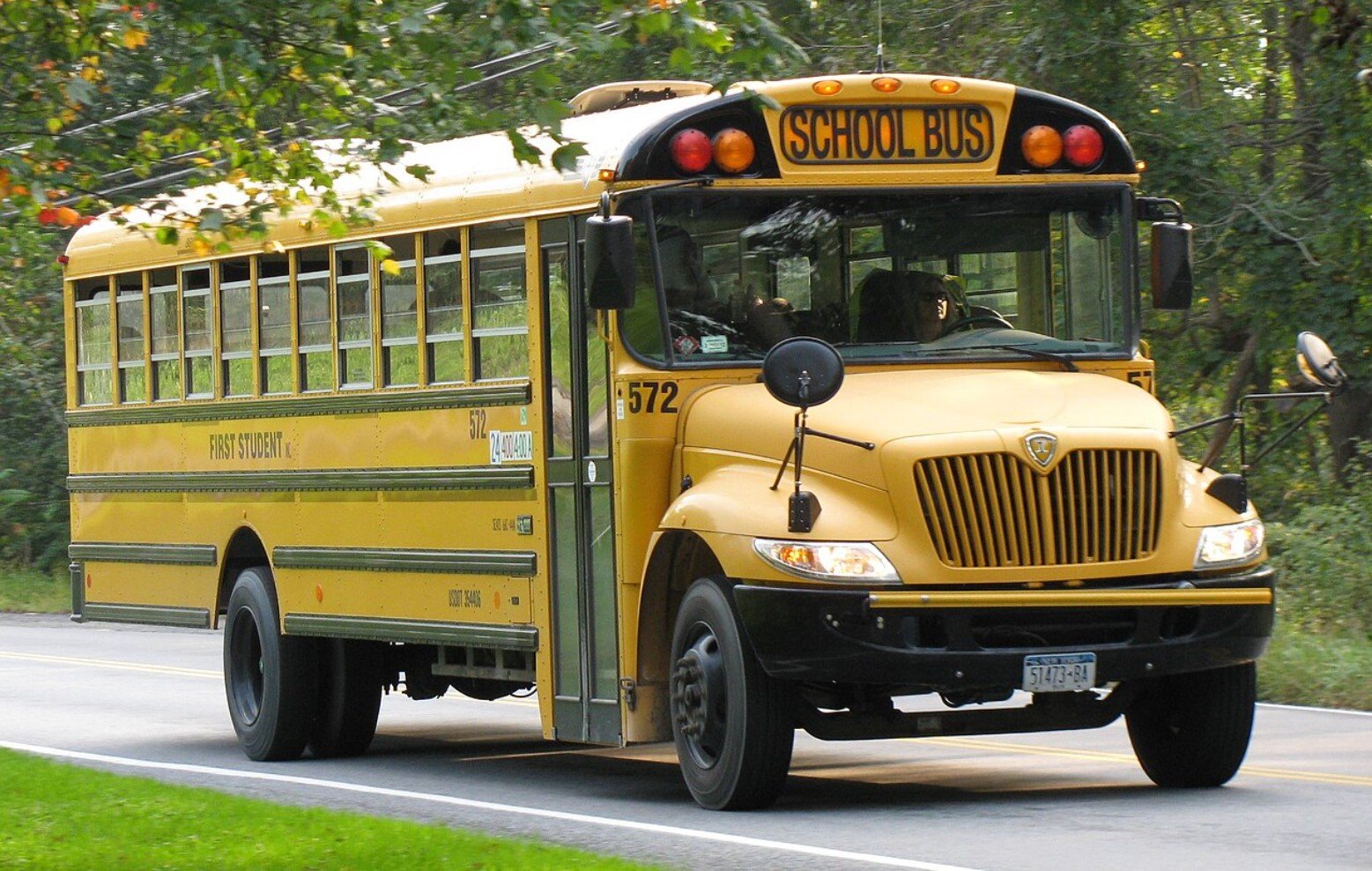The American school system is facing a crisis. Chronic absenteeism among students is a challenge being faced by educators in virtually every state.
The problem is particularly intense in California. It’s a difficult issue to tackle as the reasons behind it are so multifaceted. California educators are trying a range of approaches, including financial incentives.
AWOL Students

The COVID-19 pandemic completely upended American schooling. We may be a few years removed from the height of the pandemic, but schools are still feeling its impact.
According to data collected by the Associated Press and Stanford University economist Thomas Dee, the 2022-23 school year recorded approximately 12 million chronically absent students across the nation.
California’s Troubles

Looking at the state of California, the rate of chronic absenteeism was roughly in line with the national average.
Around 1 in 4 students, or in excess of 1.45 million, were chronically absent in the 2022-23 school year. Chronic absence is defined as missing at least 10% of the school year.
A Particularly Bleak Picture in LA

While California is pretty much in line with the national picture at a state level, figures are significantly worse when looking specifically at the Los Angeles Unified School District.
Here, around 1 in 3 students are chronically absent. This might point toward part of the underlying issue and the reasons for chronic absenteeism — school systems serving higher numbers of low-income families tend to have worse attendance.
Actually an Improvement

Qualification for free or reduced-price lunch is a common marker of poverty in education. In LA Unified, 81% of students qualify.
Despite the obvious correlation and the incredibly high chromic absenteeism rate, the 2022-23 figures actually mark an improvement from previous years. The previous school year saw a chronic absenteeism rate of 28.2%.
A COVID Hangover?

There’s been a sliding standard for what constitutes “good” figures since the pandemic, though. Pre-pandemic, a 15% chronic absenteeism rate was considered too high.
It’s possible the pandemic brought about a change in attitudes regarding school attendance. After such a long time at home, a return to school may have felt overwhelming, and more than ever, parents and students decided staying at home was acceptable, following their experiences through the pandemic.
Risks of Chronic Absenteeism

Chronic absenteeism poses a myriad of risks to the development and well-being of students. Chronically absent students have a higher risk of illiteracy and dropping out of school.
Students also miss out on the socializing opportunities provided by being in school, along with mental health support and counseling and school-provided meals.
iAttend

LA Unified ran an outreach program called iAttend, where district staff reached out to families, sometimes even visiting them, to try and get an idea as to exactly why children were missing school and try to tailor solutions for them.
In some cases, the solution might be something as basic as relieving the stress on families of getting students to school amidst hectic morning schedules by connecting families with LA Unified bus routes that can take the children to school.
Financial Incentives to Attend School

In Oakland, chronic absenteeism skyrocketed to a staggering 53% for the 2022-23 school year. When students were asked what could get them into school, they replied having a mentor and one other thing — money.
In spring 2023, a grant-funded program was launched paying 45 students $50 per week for perfect attendance. They also had daily check-ins with an assigned adult and completed weekly mental health assessments.
An Improvement But Not Sustainable

This was not a bribe to get students into school but rather tackled part of the reason for absenteeism. Financial hardship sees many students ditching school to instead try and provide familial financial support.
The program saw more than 60% of participants improve their attendance, but financial incentives obviously aren’t a sustainable way to tackle the issue.
Other Initiatives

California schools are exploring other ways to encourage students to come to school and tackle some of the issues that might be preventing them from attending.
Research shows that students who identify with their educators are more likely to attend school, for example. This formed the basis for Oakland’s African American Male Achievement project, which pairs Black students with Black teachers who offer support.
The Challenge of Getting Students Into Schools

There’s no easy fix for this persistent absenteeism. It’s not as simple as children simply choosing not to go to school and trying to find a way to get them engaged. There are a lot of logistical considerations creating barriers to eager students being able to attend school.
Much of the problem is linked to poverty, showing again the divide between the haves and the have-nots in American society. Access to education should be a right, and it’s very troubling to see socio-economic circumstances literally keeping children out of classrooms.
